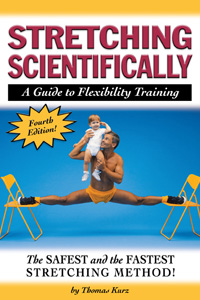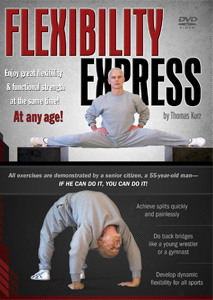by Thomas Kurz
This article covers requirements 6, 7, and 8 for instructors. Requirements 2, 3, 4, and 5 are covered in the previous article.
6. Know when to refer an athlete or a student to a physical therapist.
This means acting on the athlete’s apprehension, wincing, signs (or worse, complaints) of pain during an exercise or after, asymmetry of range of motion, or poor control of movement in spite of proper instruction. Instructors must understand that loading a dysfunctional structure causes injury.
For more on preventing injuries and to whom to refer athletes who show signs of an injury or even a hint of an impending injury, read the articles at the links below.
Two Models of Treating Sports Injuries
My Best Advice on Sports Injuries
My Body Let Me Down . . . Again
7. “Read” the student (the face, the body), not only for injury prevention (see point 6) but also to adjust exercise selection and progression.
8. Evaluate posture for common defects, and know simple and safe corrective exercises.
See the exercises of Dr. Steve Hoffman, such as What Is Crossed Posture Syndrome (CPS) And Why Should I Reverse It?, as well as the articles at the links below it.
What Is Crossed Posture Syndrome (CPS) And Why Should I Reverse It?
Videos: Tests of Healthy Mobility
Injuries, Sports Training, and Posture, Part I
Injuries, Sports Training, and Posture, Part II
Injuries, Sports Training, and Posture, Part III
Requirements 9 and 10 are covered in the next article.
This article is based on the book Stretching Scientifically and the video Flexibility Express. Get them now and have all of the info—not just the crumbs!


